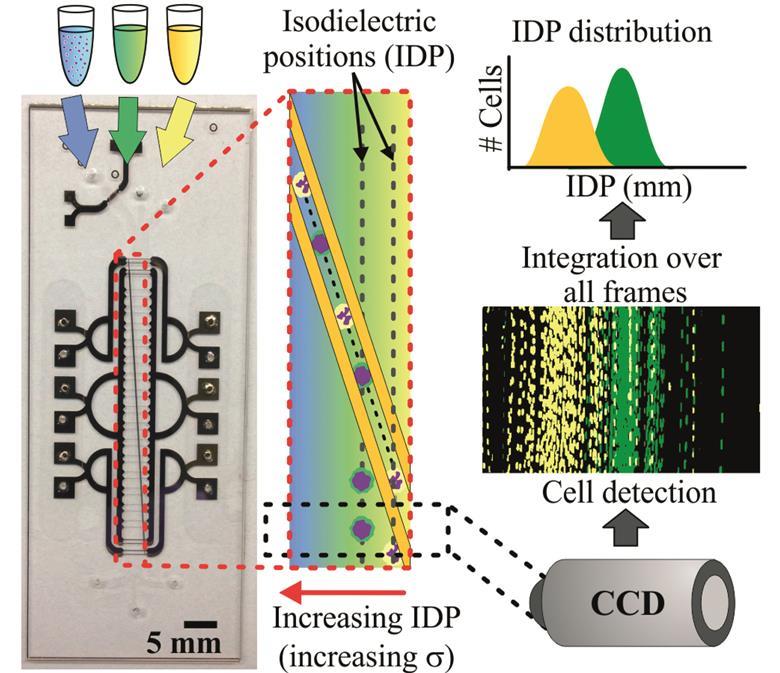Simple microfluidic method helps detect life-threatening condition earlier
A new method for monitoring the onset of sepsis touted by US researchers may assist clinicians in helping more of their patients survive this potentially fatal condition.
Sepsis, often referred to as blood poisoning, can be the result of an innocuous infection or injury. Without treatment, the immune system becomes overwhelmed, leading to organ shutdown. In the UK alone, 30,000 people die as a direct result of the condition. Sepsis needs to be caught early to maximise the chances of a full recovery. However, existing diagnostics rely on antibody labelling, which requires samples to be prepared and tested by specialist laboratory staff. This requires time that a patient might not be able to spare. ‘Existing methods are too cumbersome,’ explains Joel Voldman, heading up the new study at Massachusetts Institute of Technology.

The tiny device can process large amounts of blood and detect activated white blood cells that are an indicator for sepsis. Source: © Royal Society of Chemistry
Voldman’s group devised a microfluidic method that takes advantage of the white blood cells’ electrical properties, which makes it possible to detect sepsis quickly in its earliest stages. Sepsis triggers white blood cells to become activated and circulate in the blood. The number of these activated cells indicates the disease’s progression. Applying an electric field then separates activated and non-activated cells based on subtle differences in their electrical properties.
Read the full article in Chemistry World.
Monitoring sepsis using electrical cell profiling
Javier L. Prieto, Hao-Wei Su, Han Wei Hou, Miguel Pinilla Vera, Bruce D. Levy, Rebecca M. Baron, Jongyoon Han and Joel Voldman
Lab Chip, 2016, Advance Article
DOI: 10.1039/C6LC00940A, Paper










